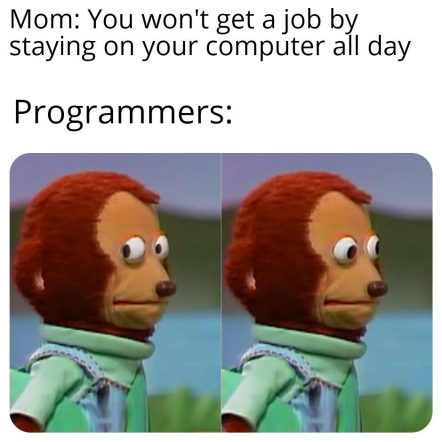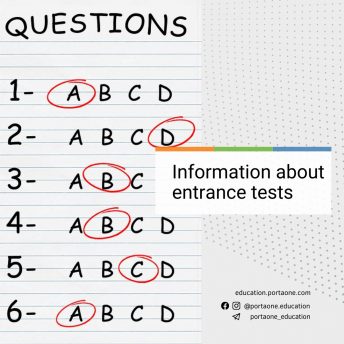Approximately until the early 2000s, programmers were universal. The products used to be very simple, everyone understood everything and learned on the fly. Gradually, with new and more sophisticated technologies, the developers divided into two large groups: front-end and back-end.
“Front-ends” are those who create an interface for a user. Meaning, if you compare an IT product to a car, the “front-end” builds the control panel and a beautiful and user-friendly interior. Another large group is back-end developers. They deal with the stuffing, all that is located under the hood of our car.
More versatile specialists are full stack developers. They are good at both back and front ends, but because of that you can’t expect real expertise. Full-stack programmers is an excellent solution when you need to create, for example, MVP (minimal viable product , a prototype, which has the required minimum of functions, so it is possible to show it to investors or use it to study the market and “test” the product on future customers) or the product is not difficult. Due to a wide range of competencies, full-stack developers save the company’s time (without spending it on communication between front-end and back-end teams) and, of course, money.
Full-stack developers are often employed by startups, product companies when launching new products on the market or, alternatively, in the inactive stage of the project. As a rule, such employees are flexible in their projects. After all, they are responsible for more decisions than a “front” or “back-end” guy. But it is hard for them to boost expertise. You have to understand everything, but superficially. Career opportunities of “fullstocks” are better than those of “fronts” and “back-ends”. They have more chances to become tech-leads. They can also grow horizontally, learning all the new technologies.
Another group of developers is web-developers. They, as you can easily guess, create any kind of browser products: websites, web-documents, web-interfaces services and so on. Web developers are also divided into front-end and back-end.
There is one more rather small group of programmers. It is embedded developers (this area is also called low-level programming). These experts create programs that control various devices. The most obvious application is a robot, a set of parts which is controlled by a computer program. Today, with the spread of the Internet of Things (IoT), this specialty is actively gaining momentum. Internet of Things is, for example, a system that automates the collection of data from utility meters and billing, or sensors worn by the patient that regularly transmit the readings of heart rate and call for help if necessary. A wifi refrigerator that can create shopping lists and a robot vacuum cleaner that cleans the apartment according to a certain algorithm and controlled remotely. These are examples of the Internet of Things and the creation of embedded developers. Even our favorite smartphone is also an example of embedded development.
This field is often joined by those who are interested in robotics and complex devices. Engineers who understand how devices are created become embedded programmers. They “animate” (program) the devices with the help of code.
And of course, the programmers can be divided into groups according to the languages they use for their work. There are hundreds of programming languages, each has its own logic and scope of use.
There are lots of ways how to develop as a programmer : Vertically (from junior to senior), go into management (tech lead, team-lead), go into related specialties (eg, in QA – if you are more into looking for errors and their causes, rather than coding; support – if you like to communicate more than to write code; in business analysis, DevOps, project management). And of course, you can always develop horizontally, expanding your knowledge and skills.
You can enter the profession both after receiving a qualification at university or after completing professional courses in a particular language. University program is more for full-stack developers: from the basics to the subtleties of the profession. Short courses are usually specialized in a particular language or even a particular service (types of services).
At our courses we do not teach programming, but we give knowledge about computer networks which is crucial for becoming a good programmer.
Hopefully, the information was helpful. Keep it as a bookmark and share it with your friends who are dreaming of starting IT-path.




